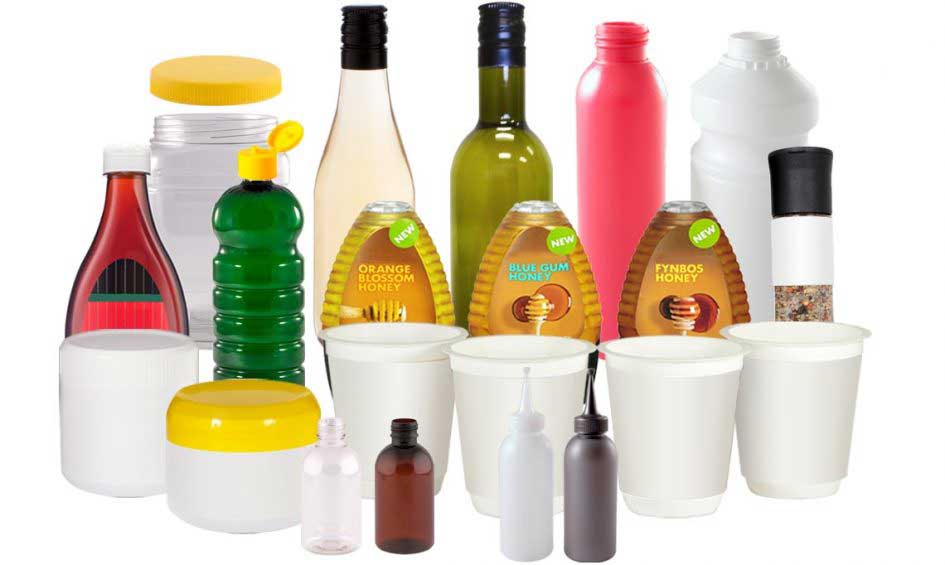In industries such as food & beverage, paints and textiles, maintaining precise colours is crucial for consistency, brand identity, and customer satisfaction. That's where a colorimeter comes into play - a powerful tool that promises accurate color analysis with just a few clicks.
So, let’s first understand - what exactly is a colorimeter? We'll dive into some more questions like – “How does a colorimeter work? And what are the benefits of using one in these industries?”. So, grab your favorite beverage (perhaps even one whose vibrant hue was measured by a colorimeter!) and let's explore together!
What is a colorimeter?
A colorimeter is a sophisticated device used to measure and analyze the colors of various objects. It is particularly useful in industries where precise color matching and consistency are vital for maintaining quality standards.
The equipment measures the intensity and quantity of reflected or transmitted light, using a detector and it is also fitted with filters that help isolate specific colors for analysis.
In addition to providing accurate measurements, another benefit of using a colorimeter is speed. With just one click or swipe across an object's surface, you can obtain instant data on its precise colors. This saves valuable time when performing quality control checks in busy production environments.
The versatility offered by modern colorimeters is truly remarkable. These devices have advanced features that allow for different measurement modes such as CIE L*a*b*, RGB (Red-Green-Blue), CMYK (Cyan-Magenta-Yellow-Black), and more! This flexibility enables users to match colors across different industries effortlessly.
Whether it's ensuring consistent shades in food products or maintaining uniformity in textile dyes, the applications for colorimeters are vast within these industries. They play an essential role in quality control processes where even slight variations in hue could impact consumer perception and brand reputation.
So, there you have it - an overview of what exactly a colorimeter is! In our next section, we'll explore how these ingenious devices are utilized specifically within the food & beverage industry for effective color measurement and quality control.
In simple terms, a colorimeter works by shining light onto the sample being measured. The light reflects off the sample and passes through filters that separate it into different wavelengths. These filtered wavelengths are then detected by sensors in the colorimeter.
The sensors measure the intensity of each wavelength and convert this information into numerical values, which represent specific colors. These values are often expressed using standardized systems such as CIE L*a*b* or RGB.
By comparing these numerical values to reference standards, manufacturers can assess whether their products meet desired specifications for color consistency and quality control. This ensures that food & beverage companies deliver visually appealing products and textile manufacturers produce fabrics with consistent hues.
Benefits of using a colorimeter for colour measurement and quality control
1. Colorimeters offer numerous benefits for color measurement and quality control in various industries. One of the key advantages is their ability to provide accurate and consistent measurements, ensuring that products meet the desired color specifications. By using a colorimeter, companies can maintain high standards of quality and ensure customer satisfaction.
2. Another benefit of using a colorimeter is its efficiency. Traditional methods of visual inspection can be subjective and time-consuming. With a colorimeter, measurements are objective and precise, allowing for quicker assessment and decision-making. This saves both time and resources in production processes.
3. Furthermore, colorimeters enable companies to monitor product consistency over time. By regularly measuring colors with a colorimeter, any variations or deviations from the standard can be detected early on. This allows for timely adjustments to be made in order to maintain uniformity across batches or production runs.
4. In addition to these operational benefits, using a colorimeter also helps businesses enhance their brand image. Consistent colors contribute to a professional appearance and reinforce brand identity in packaging, textiles, or other consumer-facing products.
5. Integrating a colorimeter into quality control processes brings numerous advantages such as accuracy, efficiency, consistency monitoring over time, and improved brand image
Applications of Colorimeter
Food & Beverage Industry:In the food industry, accurate color measurement is crucial for maintaining consistency and quality control. Commonly used to determine the color of ingredients such as - flour, spices, fruits, and vegetables, before they are processed into various food products, a colorimeter can also be used to determine shelf life. By measuring the color intensity and hue, manufacturers can ensure that their products meet consumer expectations in terms of appearance and perception of freshness.
Additionally, colorimeters play a significant role in assessing product shelf life. They enable manufacturers to monitor changes in color caused by oxidation or spoilage over time. This allows them to identify any potential issues with product quality before it reaches consumers.
Textiles Industry: The textile industry heavily relies on precise color matching for fabric production. Colorimeters help textile manufacturers achieve consistent dye lots by measuring the exact shade and intensity of colors throughout different stages of production. This ensures uniformity across batches and minimizes discrepancies between pieces or rolls of fabric.
Colorimeters also assist in quality control during garment manufacturing processes such as printing or embroidery. By using these devices, manufacturers can quickly assess whether colors meet desired specifications or if adjustments need to be made.
FAQs
Q: What is a colorimeter?
A: A colorimeter is a device used to measure and quantify the color of an object or substance. It provides objective and consistent results by analyzing the light reflected or transmitted through the sample.
Q: How does a colorimeter work?
A: Colorimeters work based on the principle of spectrophotometry, where they measure the intensity of light at different wavelengths. The device emits specific wavelengths of light onto the sample and measures how much light is absorbed or reflected. This data is then compared to known standards to determine the exact color values.
Q: What are the benefits of using a colorimeter for colour measurement and quality control?
A: Using a colorimeter offers numerous advantages in various industries such as food & beverage and textiles:
1. Accurate Color Measurement: A colorimeter ensures precise measurements, eliminating human error that can occur with manual methods.
2. Consistent Quality Control: By maintaining strict control over colors, companies can ensure consistent product quality, leading to customer satisfaction.
3. Cost Savings: Colorimeters help detect deviations from desired colors early on, preventing wastage during production processes.
4. Time Efficiency: With quick measurement capabilities, time-consuming visual inspections become unnecessary, saving valuable time in quality assurance processes.
5. Objective Results:
Food & Beverage Industry – Ensures products meet defined standards for appearance, freshness, ripeness, etc., improving overall consumer perception.
Textiles Industry – Allows manufacturers to match fabrics precisely according to customer requirements while minimizing batch-to-batch variations.
Q: Can a single-color standard be used for all applications?
A: No, different industries may have their own unique set of standardized colors based on their requirements and preferences.
Q: Are there any limitations when using a colorimeter?
A: While highly accurate, some limitations may include:
- Inability to measure certain non-homogenous or textured surfaces accurately.
- Influences of lighting conditions and observer variability that may impact color perception.







